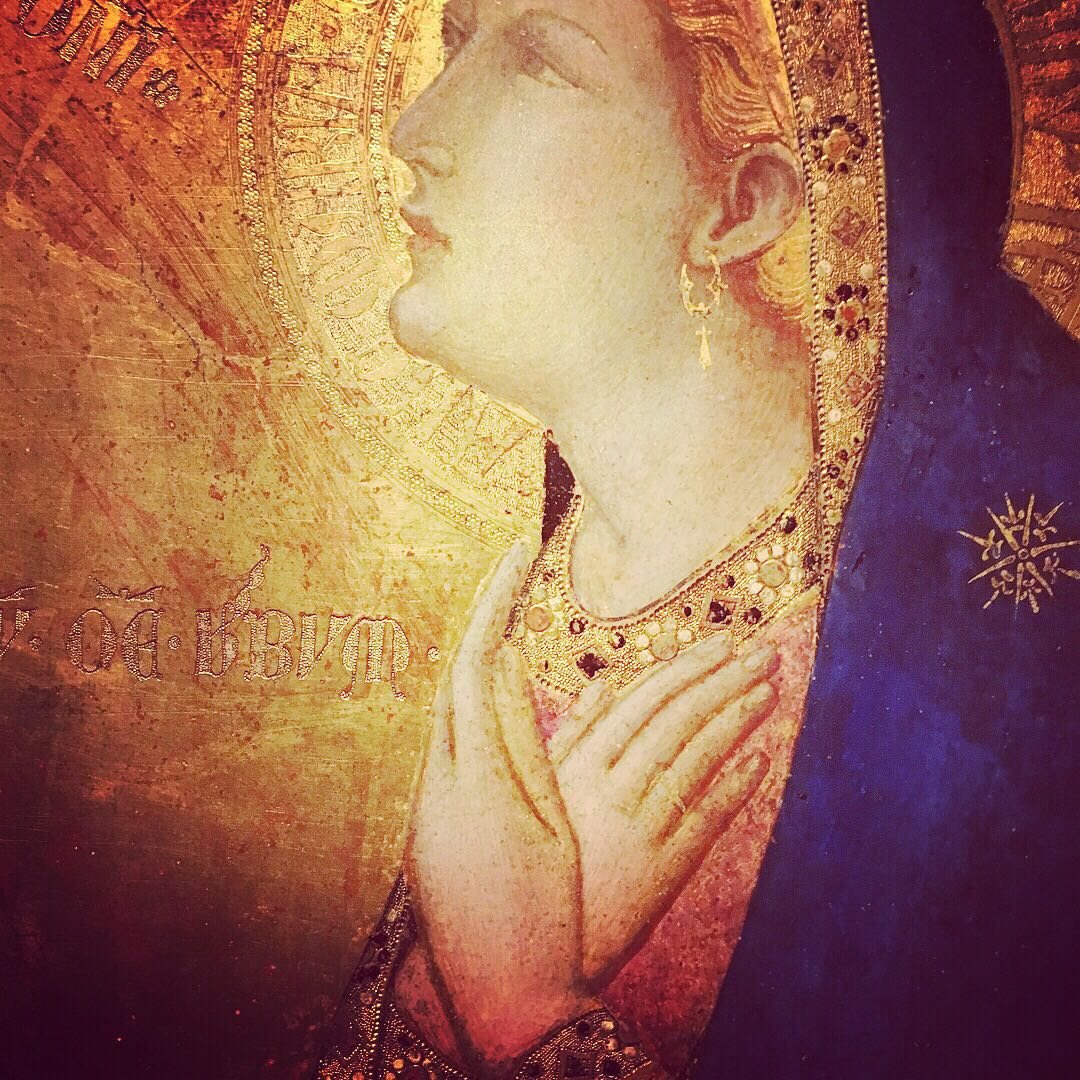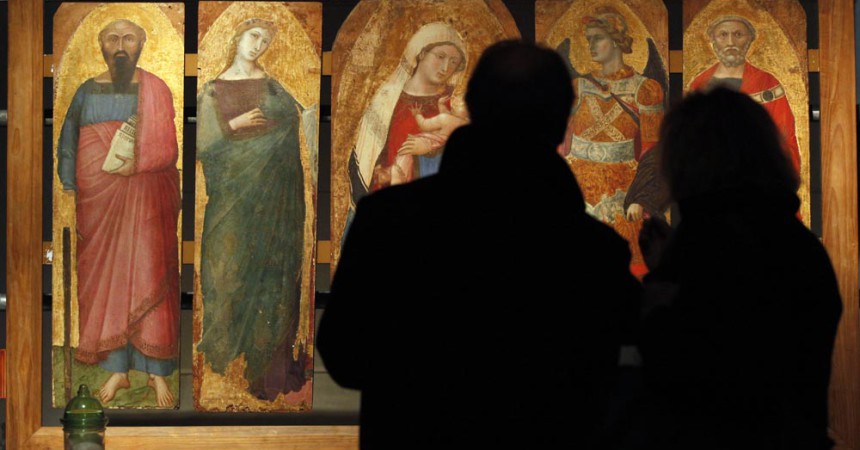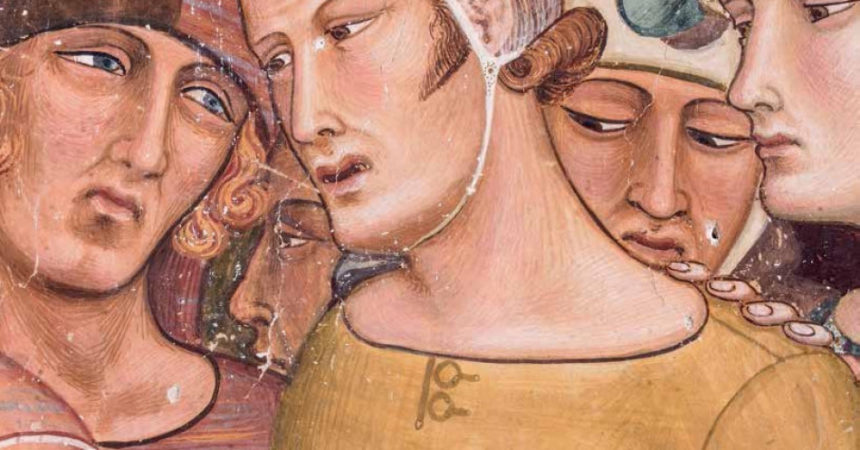
Ambrogio Lorenzetti, the exhibition that has set attendance record since its opening- October, the 22nd of 2017- will go on, in order to allow people to savor it for the first time or to enjoy it again in the amazing “Palazzo Squarcialupi” in Santa Maria della Scala.

Paolo Lazzeroni
During those last months, the exhibit was met with great public approval- up to now, more than 35,000 people. In addition, it was rewarded by both Italian press and international one, which judged it as one of the most interesting Art events in Europe. Due to such a great success, it was believed to extend the exhibit. Two are the main reasons: first of all, allow people to enjoy the pieces of art of the great Sienese painter and then, respond to the numerous requests received by the promoters; among them: the municipality of Siena, The Regione Toscana and the Ministry of Cultural heritage. What’s more, the exhibition is under the auspices of the President of the Republic.

“It wasn’t easy at all, but we finally did it- commented the Mayor of Siena, Bruno Valentini- the event will go on, guaranteeing the growth of Siena cultural and touristic policies. For the citizens who haven’t visited it yet, for those who would like to enjoy it again, for historians and critics and for the tourists who will chose Siena, the Ambrogio exhibition will continue. We are very happy to announce it officially”.
“Ambrogio Lorenzetti is one of the most relevant painters of 14th century- states the executive director of Santa Maria della Scala, Daniele Pitteri- he was an amazing innovator in the field of his-time iconographic language and he was an artist with high and sophisticated intellectual qualities. We are in a time, fortunately, when the big “blockbuster” exhibitions are gradually abandoned so to discover the great artists of the past- added Pitteri- In this respect, an exhibition about Lorenzetti means much more than the event in itself”.
The exhibit actually represents the apex of a project that started in 2015, Dentro il restauro (Into the restauration work), that aimed to make Lorenzetti’s works better known, to preserve his pieces of art and to make both Italian and foreign people know who he was. Thanks to this project, and to the assets earmarked by the Ministry of Cultural heritage in the occasion of “Siena: Italian Capital of Culture”, it was possible to restore some important works of Lorenzetti such as: the frescos from the San Galgano chapel in Montesiepi and the polyptych of Saint Peter church in Castelvecchio (Siena) that were restored in a building site, open to tourists and citizens. Among other restoration works: the frescos of the ancient capitulary Franciscan room in the church of San Francesco and the works about Saint Catherine painted in Sant’Agostino church. So, in the exhibit it will be possible to see the Franciscan frescos, including the first storm representation in the western art history, and to enjoy the works of sant’Agostino church, estimated as a role model by Giorgio Vasari.
Even if he is considered as one of the main European artists of 14th century, Ambrogio Lorenzetti’s works are not well known. Indeed, also the researches and the high-level studies have always focused on the frescos “Allegory of good and bad Governement” in the palazzo pubblico of Siena, representing the ethic and the policy of the Italian cities, especially of Siena, during the era of medieval communes. In addition, it is essential to state that it doesn’t exist even a modern and reliable scientific monography about him. For this reason, the exhibition and its preliminary phase of research represent an important occasion: trying to determine his entire work activity. That’s possible just in Siena, where the 70% of his pieces of Art are. However, the exhibit allows people to see also works from all over the world: Louvre museum, National gallery of London, Stäedel museum of Frankfort, Yale university art gallery and many others.

The exhibition itinerary is enhanced by audio guides in various languages and by video interventions, some of which informative while others more evocative. It is also available a volume, written by Alessandro Bagnoli, Roberto Bartalini e Max Seidel who are those who have been curating the exhibit since its opening. The setting up is projected by Guicciardini & Magni Architetti.
Giulia Staggini



